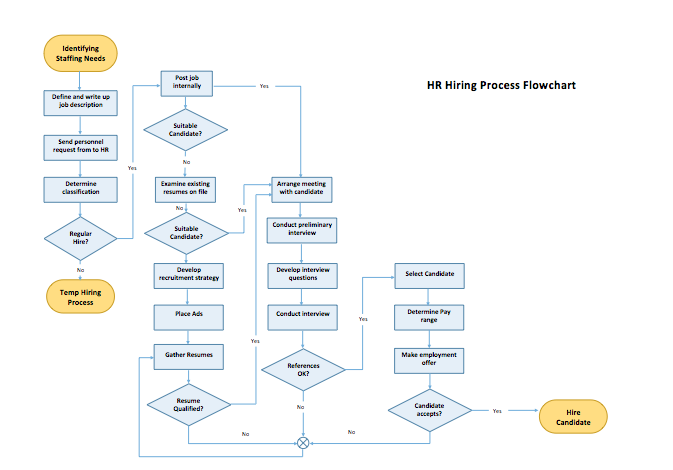5 Types of Visual Communications to Master
Visual communications as the name suggests constitute a form ofcommunicationthrough visual aid. It is the conveyance of ideas and information in forms that can be read or looked upon. It is one of thenon-verbal communicationskills that involves the sight and perception to communicate the information to the audience.

Primarily associated with two dimensional images, the visual communications includes: signs, fl, drawing, graphic design, mapping, colour and electronic resources. It solely relies on vision. It is a form of communication with visual effect. It explores the idea that a visual message with text has a greater powerPower in physics is the rate of doing work; measured in watt... More to inform, educate or persuade a person. It is communication by presenting information through visual form.
Table of Contents
Qualities of good visual Communications
The evaluation of a good visual design is based on measuring comprehension by the audience, not on aesthetic or artistic preference. There are no universally agreed-upon principles of beauty and ugliness. There exists a variety of ways to present information visually, like gestures, body languages, video and TV. Here, focus is on the presentation of text, pictures, diagrams, photos, et cetera, integrated on a computer disc
splay. The term visual presentation is used to refer to the actual presentation of information. Recent research in the field has focused on web design and graphically oriented usability. Graphic designers use methods of visual communications in their professional practice.
Types of Visual communications
1. Maps

Mapsare not just a tool in visual communications, They constitute a powerful tool to link one’s mind to the reality. A map brings the scattered elements of the visual objects together for them to make a full sense to the viewer. Not only that, the potentials of mapping presentation go as far as narrowing a wider reality, such as a geographical area presentation, and give the viewer the capability to locate a point in space. They also constitute a skill in art design meant to give directions and links in both space and time to the viewers.
2. Presentations
A good and clear presentation involves the variouscommunication skills, such aswriting, drawing, mapping. Presentation itself is a type of visual communications, which is meant to illustrate or share the real life situation or phenomena, in response to the audience need. To successfully present a visual piece of information, the presenter need be mindful of a number of considerations. These include the language used, the graphical quality, the generation, the age and gender, to mention just a few.
3. Flow Charts

Flow chartsas a form of visual communication are aimed at mapping up or graphically representing the process or organisational structures. Flow charts are very important inBusiness communication, like in other areas that require information flow, in the sense that they give a quick impression of what is being referred to in the presentation.
4. Graphic communication
As the name sounds, graphical communication is a visual presentation, which relies on graphs or other connections among the visual elements of a situation to relate the ideas. This form of communication employs visual structures such as sketches, illustrations and diagrams to express the information. This is a very common form of visual communication, mainly because it doesn’t require more sophistication, but still requires high accuracyAccuracy is The number of significant figures given in a num... More to be more understandable.
5. Signs and Symbols

This is a form ofnon-verbal communication, which is visual in nature. It is usually referred to assign language, and consist of different body gestures made by individuals to communicate the necessary information. However, it also incorporates a large set of conventional signs and symbols used in different places or instances to convey messages.
The signs used in this form of communication should be conventional, either internationally or culturally. However, like in any other language communication, there is need to be mindful of cultural differences. Some kind gestures might be offensive in another culture or communicate a totally different kind of message.
CONCLUSION
Communication can now be seen as a very complex process which goes beyond speech making. In the real sense, communication involves a lot of others things that symbols that can be interpreted in various forms depend on the situation and a times the location of the event.
Visual Communication for instances, is one form of non-verbal communication, which gives the meaning of a particular gesture, though this might be different in another geographical location. More so, silence is definitely a means of communication. Hence the various forms of communication are inexhaustible.
